Read The
Current Issue
What’s in a Name?
Place names in our valley come from many different sources—from the Shoshone language to early explorers and historic characters.
//By Jim Mahaffie
// photography by BRADLY J. BONER
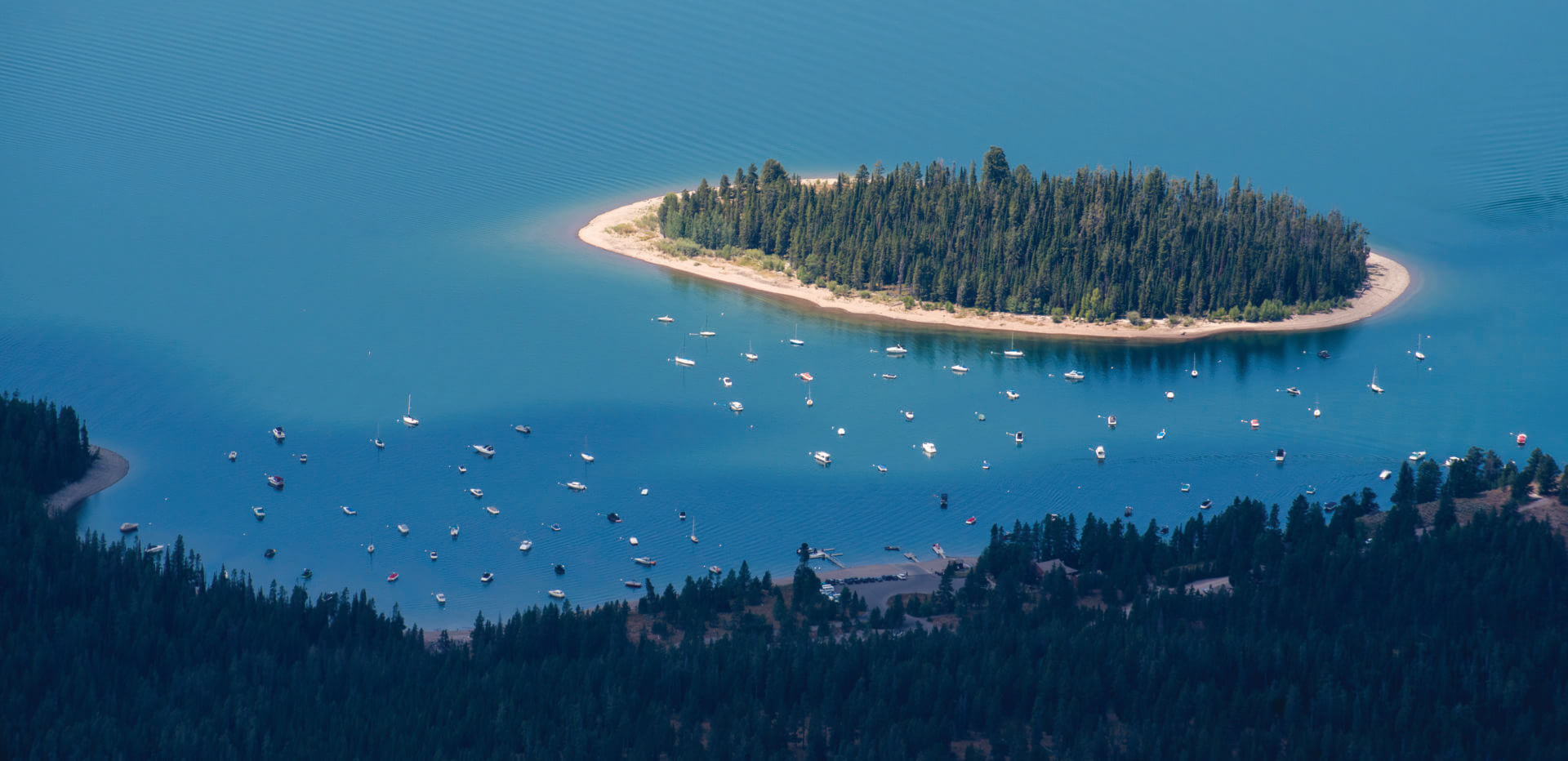
In 1924, when today’s Grand Teton National Park was still the Teton National Forest, cattle rancher, conservationist, and entrepreneur Stephen Leek founded a hunting and fishing camp in the quiet cove on Jackson Lake that today is Leek’s Marina. He applied for a Forest Service permit for “a resort for the accommodation of tourists,” completing construction in 1927. In summer, it was “Teton Camp for Boys,” and in the fall, a home base for guided hunting trips. The permit and business changed hands many times and is today a boat launch and lakefront pizzeria. Leek first arrived in the valley as a trapper in 1888 and became one of its first permanent residents. He homesteaded on Flat Creek and began cattle ranching and was one of the first to suggest management of elk, using a camera gifted to him by hunting client and founder of Eastman Kodak, George Eastman, to document the plight of the herds whose migrations and grazing were harmed by fencing and livestock. His work helped to found the National Elk Refuge in 1912.
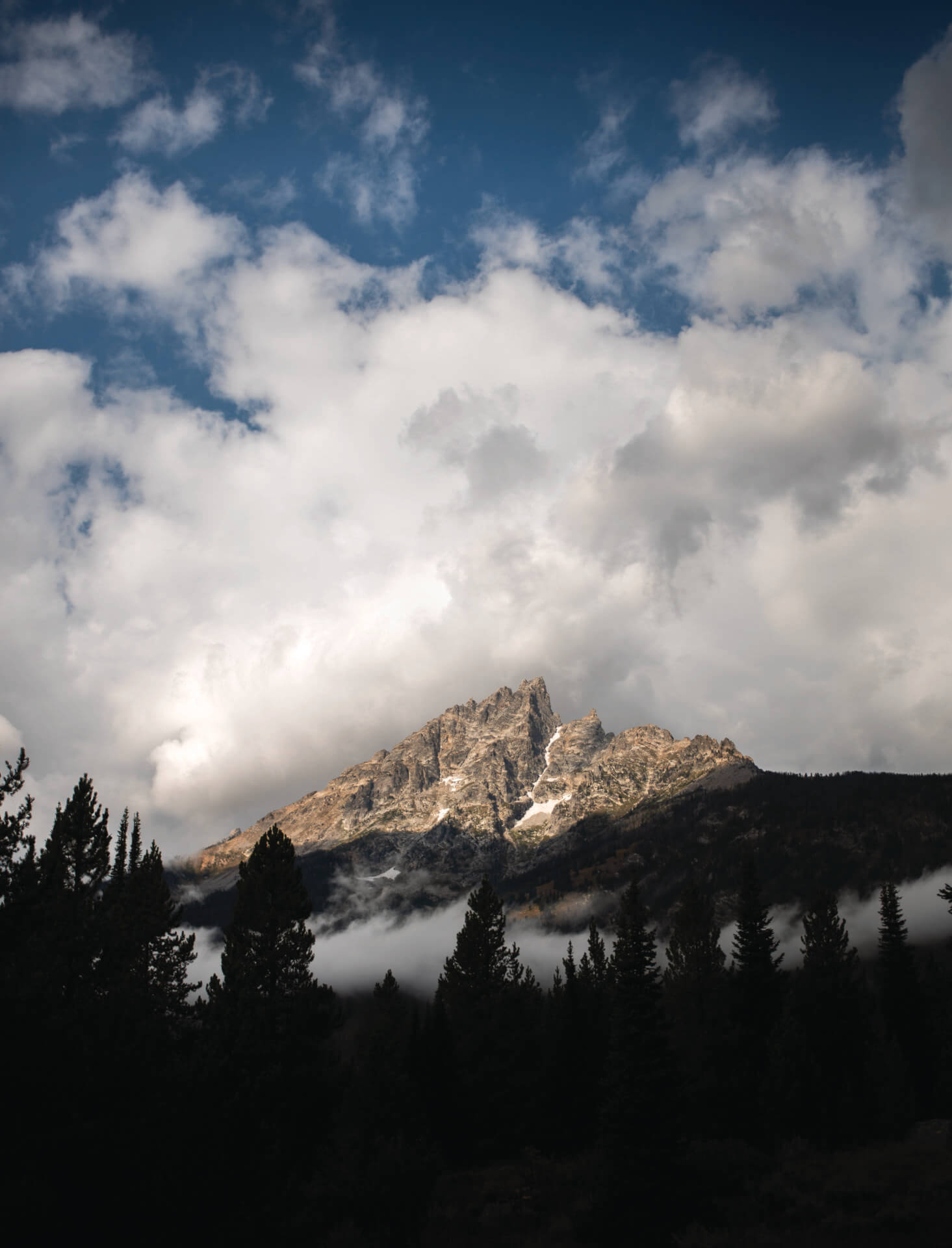
Teewinot is the name of a beginner ski lift at the Jackson Hole Mountain Resort, a condo development in Teton Village, and a rugged peak in the Teton Range. The Shoshone word means “many pinnacles.” At 12,330 feet, the mountain is the sixth highest in the Teton Range, soaring more than 5,500 feet above Jenny Lake, just northeast of the Grand Teton. Indigenous people probably called the entire range Teewinot, as the description certainly applies to the mountain views. When French fur trappers arrived in the early 1800s, the various peaks were given their modern names.
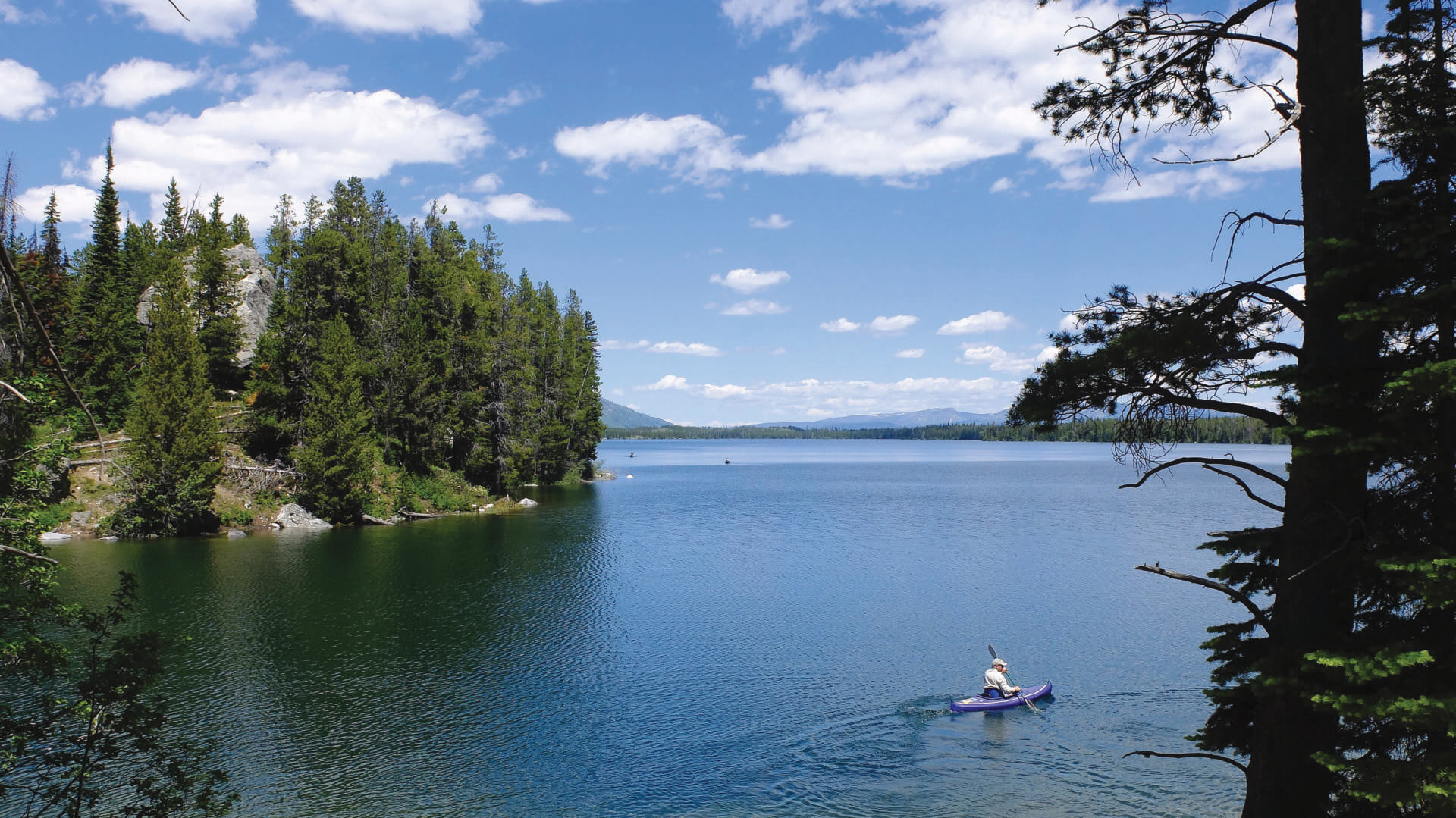
Leigh Lake, between String Lake and the foot of Mt. Moran in Grand Teton National Park, is named for Richard “Beaver Dick” Leigh, an English-American fur trapper, scout, and guide who lived in the Tetons from 1863 until his death in 1899 at age 68. A well-respected mountain man, Leigh was tall with fiery red hair, which helped make him a particular fascination among Native Americans. He and his Shoshone wife, Jenny, worked for the Hayden survey of the Tetons in 1872, and the team named Leigh Lake and Jenny Lake for them. The nickname “Beaver Dick” was reportedly given to Leigh by Brigham Young, president of the Church of Latter-day Saints from 1847 to 1877, for his trapping skills.
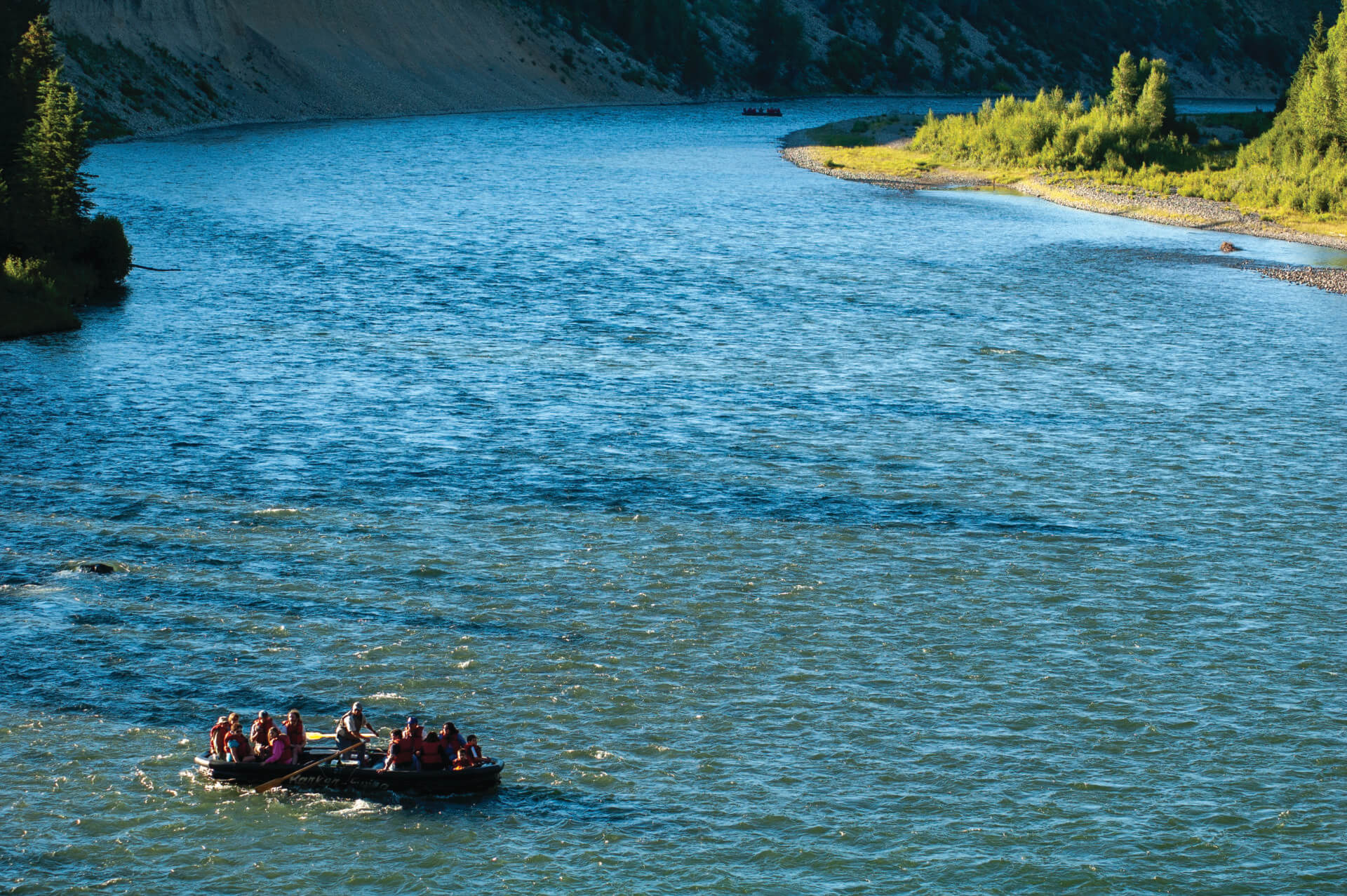
Deadman’s Bar is an appropriate name for this gravel bank in the Snake River a half-mile north of the Snake River Overlook. In 1886, a rafting group found the bludgeoned and gunshot bodies of three miners—German immigrants Henry Welter, T.H. Tiggerman, and August Kellenberger—partially buried here. John Tonnar, who had joined them in mining for gold along the river, was arrested for the murders but later freed on the grounds of self-defense. A skull believed to belong to one of the victims is at the Jackson Hole Historical Society and Museum—though it’s not currently on display. Today Deadman’s Bar is a popular put-in for scenic float trips and fishermen.
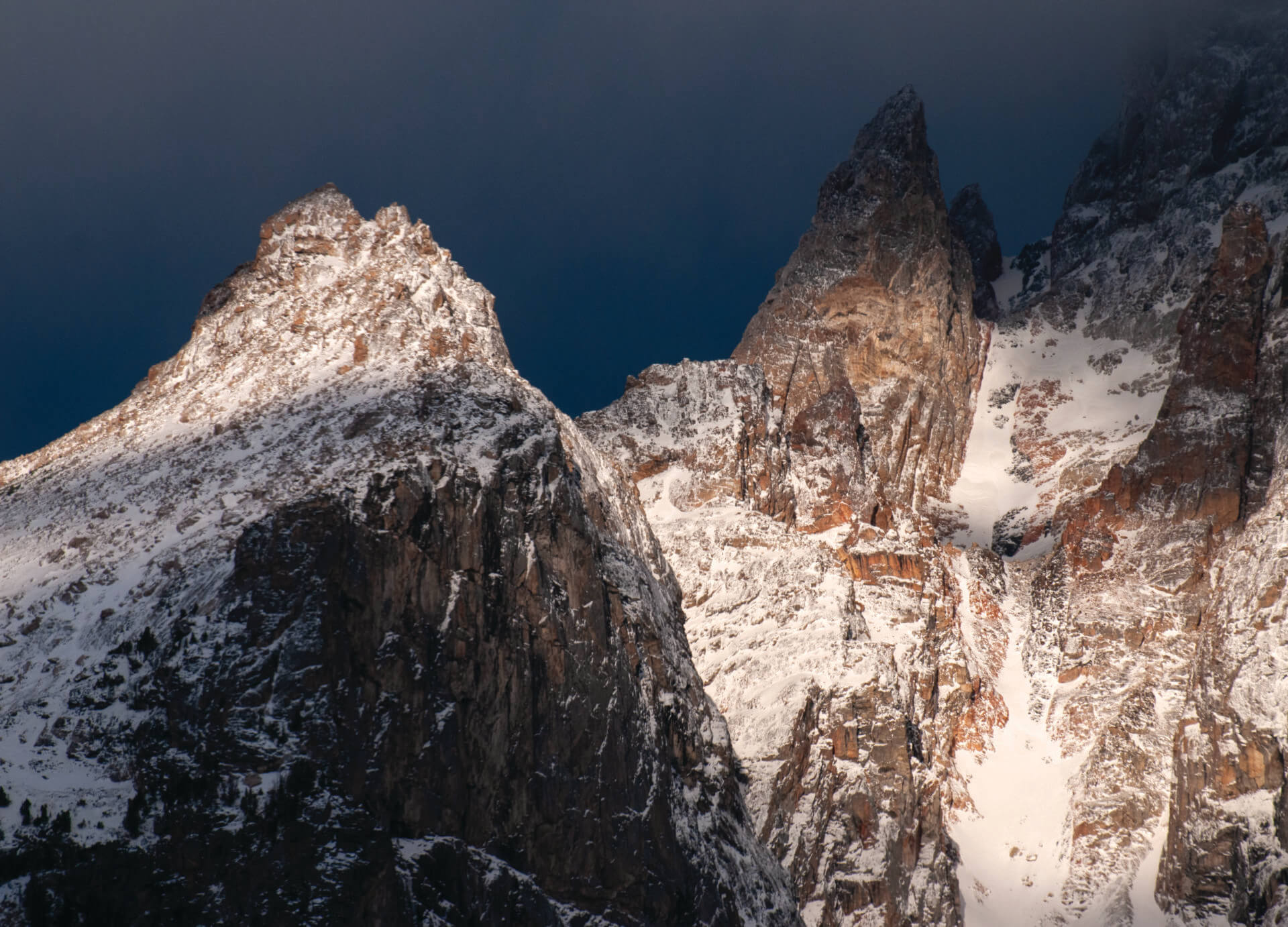
Disappointment Peak, left, 11,623 feet tall,rises above Amphitheater Lake directly in front of the Grand Teton. It got its name because early mountaineers thought they could get to the summit of the Grand from this peak’s summit. In 1925, four Colorado climbers led by Phil Smith (who later became one of the first rangers in the new Grand Teton National Park) reached Disappointment’s summit only to find a 450-foot drop between it and the lower part of the Grand’s East Ridge. The name came after their failed rappel attempt into the gap. Today, climbers find some of the most difficult climbing routes in the Tetons on Disappointment Peak and its secluded neighbor Teepe Pillar, visible just to the right of Disappointment Peak.
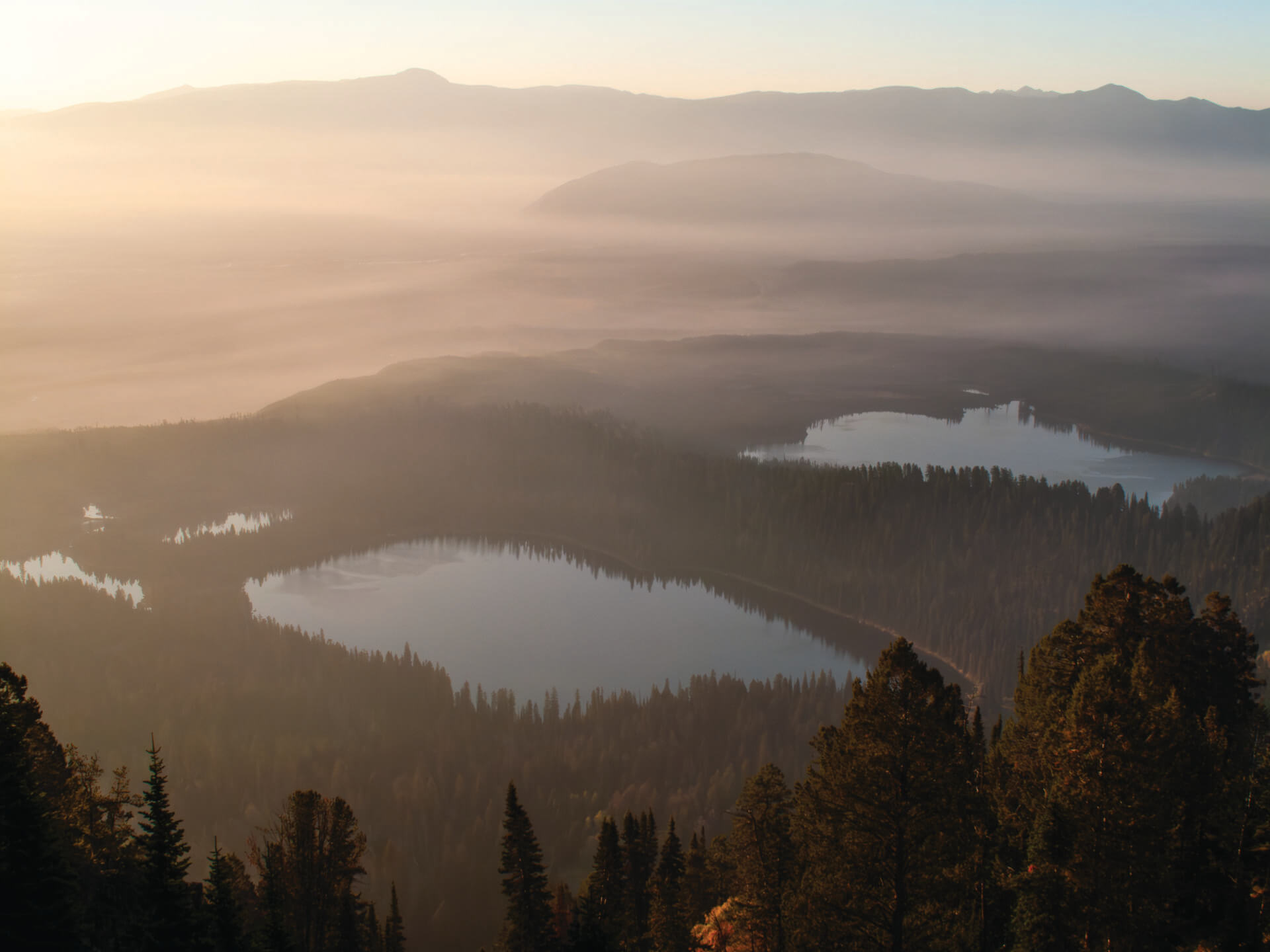
Bradley and Taggart Lakes are named for members of the Hayden Geological Survey of 1872, which first documented the geology and topography of the Yellowstone area that later became Yellowstone National Park. Both lakes were formed by glaciers and lie just above the valley floor. The 225-acre Bradley Lake is named for Frank Bradley, the survey’s chief geologist. The 305-acre Taggart Lake is named for William Rush Taggart, an assistant geologist under Bradley.
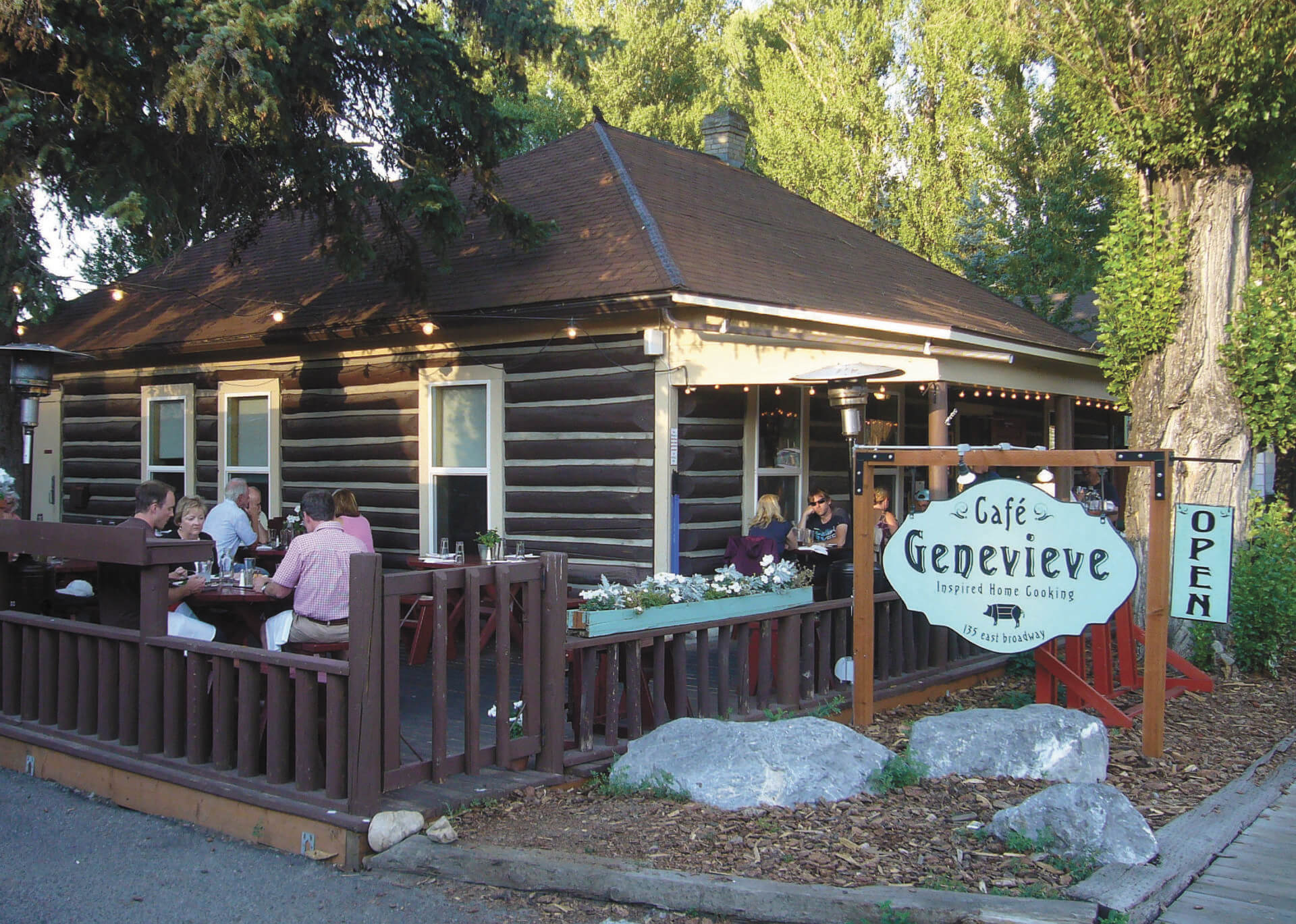
Located in a historic log cabin in downtown Jackson, Café Genevieve was named in honor of Genevieve Lawton Van Vleck, who, in 1920, became a member of the first all-female town council in the U.S. In 1906 Roy Van Vleck and his brother Frank moved to Jackson and built the cabin, which housed a mercantile store. Genevieve was in Michigan, and Roy planted several willow trees along Broadway for her. She moved west, and they married, and Genevieve helped run the store and several community organizations. She was soon elected to Jackson Hole’s “Petticoat Government.” When managing partner Fred Peightal and executive chef Joshua Governale opened Café Genevieve in 2010, they wanted to keep its historic character. JH




